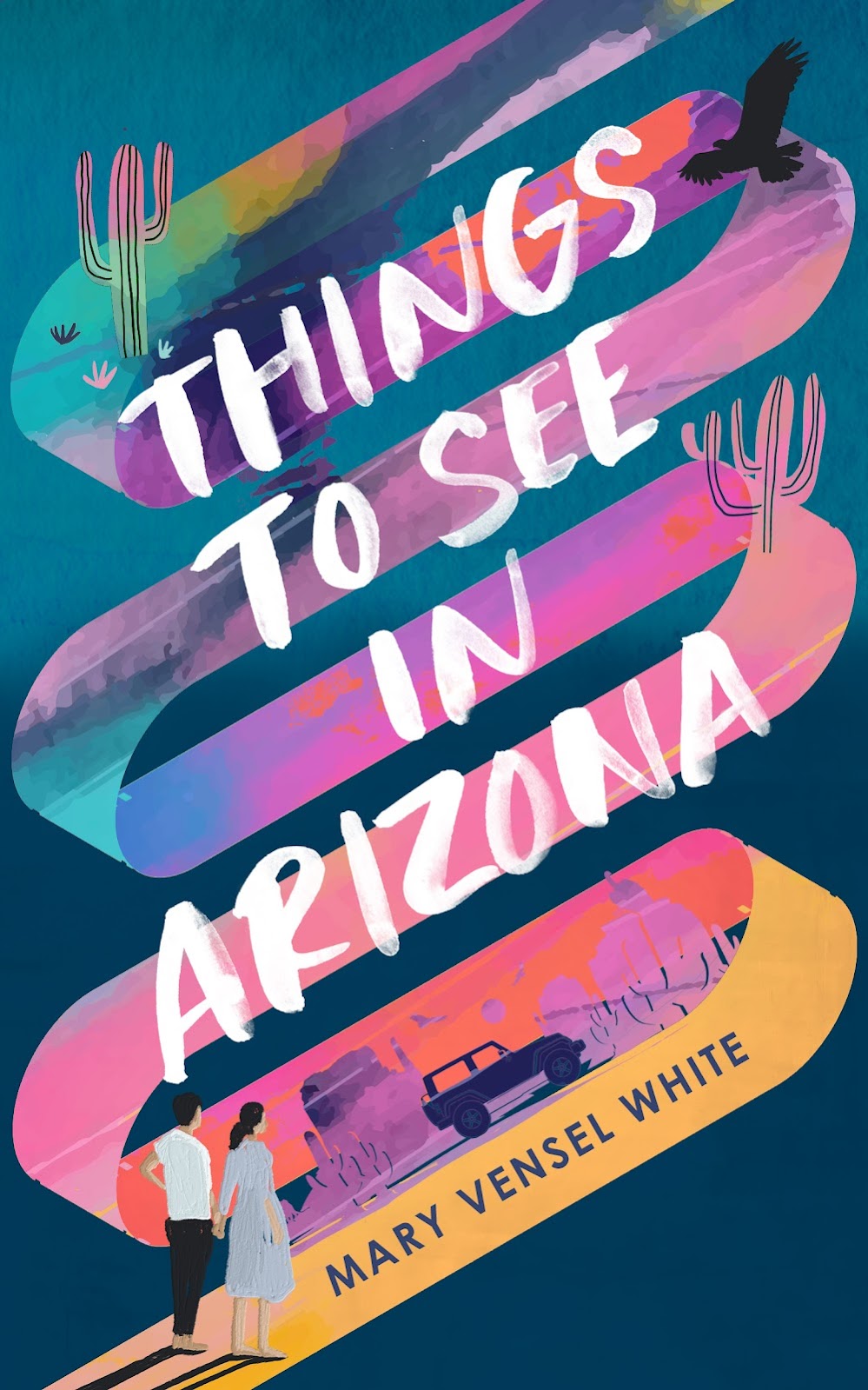I've been thinking about ancestry and roots, and how we get to the places we find ourselves. Rafael Alberti had Italian and Irish ancestry but his home was Spain. He was a painter, a playwright, and a one-time Communist, but he is best known as one of the major Spanish poets of the 20th century. Here is a poem he wrote, translated, and then in its original, beautiful language. Look here for more biographical information.
WHAT I LEFT, FOR YOU
by Rafael Alberti (1902-1999)
For you I left my woods, my lost
Grove, my sleepless dogs,
My important years, those banished
Almost to my life’s winter.
I left a tremor, a shock
A brilliance of un-extinguished fire,
I left my shadow on the desperate
Blood-stained eyes of farewell.
I left sad doves beside a river,
Horses in the sand of the arena,
I left the scent of the sea, I left to see you.
For you, I left everything that was mine.
Give me, Rome
All I have left in order to attain you.
LO QUE DEJÉ POR TI
Dejé por ti mis bosques, mi perdida
arboleda, mis perros desvelados,
mis capitales años desterrados
hasta casi el invierno de la vida.
Dejé un temblor, dejé una sacudida,
un resplandor de fuegos no apagados,
dejé mi sombra en los desesperados
ojos sangrantes de la despedida.
Dejé palomas tristes junto a un río,
caballos sobre el sol de las arenas,
dejé de oler la mar, dejé de verte.
Dejé por ti todo lo que era mío.
Dame tú, Roma, a cambio de mis penas,
tanto como dejé para tenerte.
arboleda, mis perros desvelados,
mis capitales años desterrados
hasta casi el invierno de la vida.
Dejé un temblor, dejé una sacudida,
un resplandor de fuegos no apagados,
dejé mi sombra en los desesperados
ojos sangrantes de la despedida.
Dejé palomas tristes junto a un río,
caballos sobre el sol de las arenas,
dejé de oler la mar, dejé de verte.
Dejé por ti todo lo que era mío.
Dame tú, Roma, a cambio de mis penas,
tanto como dejé para tenerte.
.jpg)


















